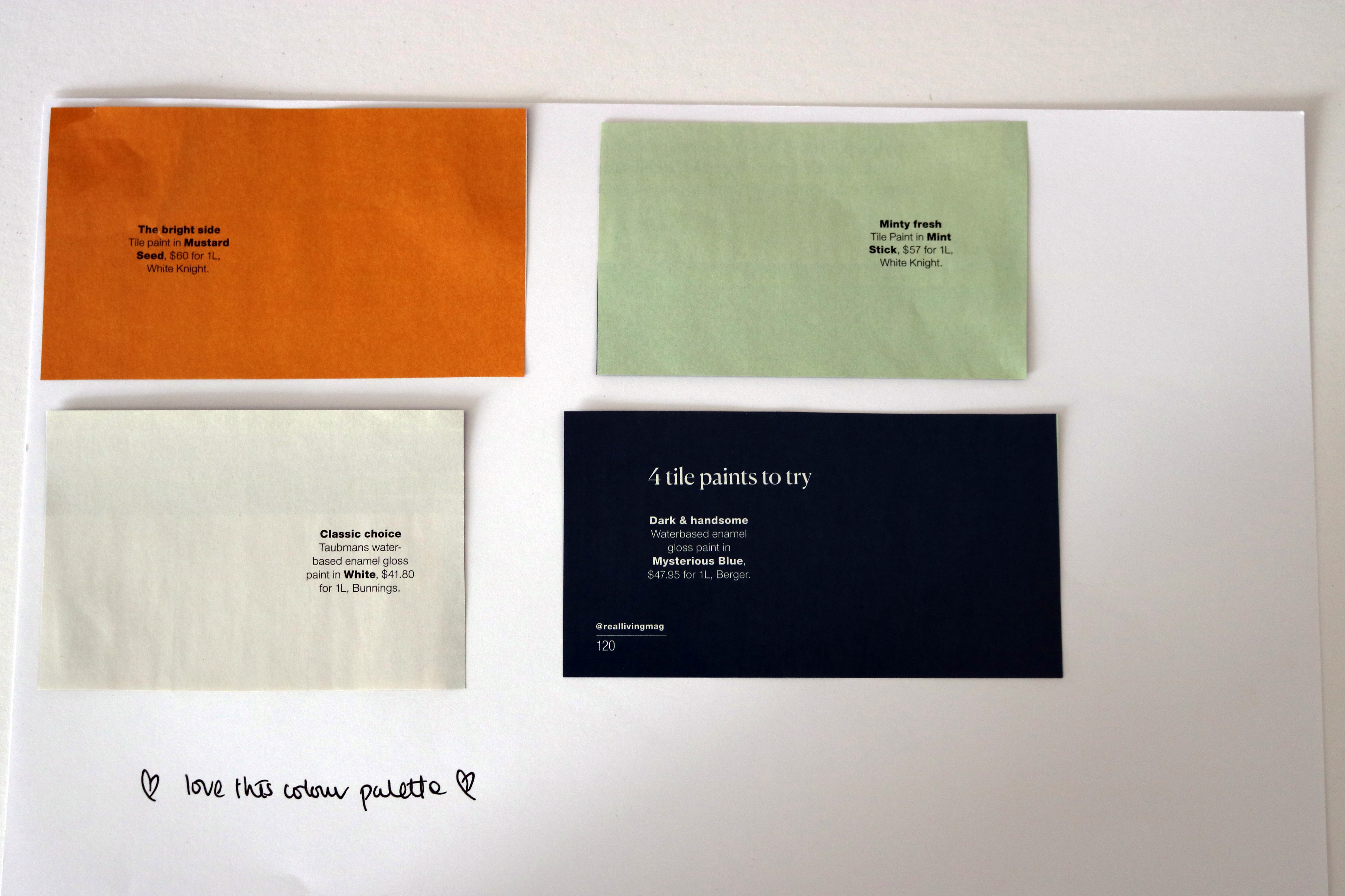As I was decomposing and analysing features, I used a thick black sharpie, sometimes a pen, to redraw these elements. Flora in her process did this with a brush and paint.
I really didn’t want to take that approach because I felt like it was adding another layer of complexity to the process that I felt like would personally distract me and detract me from doing my best with the process at hand. I feel like the Unix philosophy of doing one thing and doing it well is at play here.
I felt like if I used a paintbrush and some paint colours, then I would start to get caught up in brush choices, and paint flow, and the right shade of colour, and whether what I laid down with the paintbrush was realistic enough etc. All valid and relevant to the painting process, but not right now to the idea and inspiration phase.
If you’ve worked with yourself long enough, or been in your own company and headspace long enough, you start to know what works well for you and what works terribly for you. And if you have enough works terrible examples, you start to see the danger in advance.
That is your moment to pivot. To do what works personally best for you. Once the danger is over, you can pivot back to follow your original path of exploration. But there really isn’t any need to cause yourself unnecessary harm. So, I made this decision, right at the start, when I purposely chose a black sharpie as my instrument of replicating design features from inspiration.
I did also decide to still gather colour inspiration, even though I knew I wouldn’t be doing any colour mixing. I wanted to leave that to the painting process. Well just before, I start the actual painting. I have my own rhythm and system for how I do this, and it takes a lot of time to achieve exactly what you want.
So I guess, because I did choose to use a marker rather than a paintbrush, I see that I am missing out on the opportunity to explore these motifs and design elements with the brush. So what I might do is, when I’m in the painting process, and I want to add a particular element, I might just practise on the side with the brush several times, rather than my first attempt being on the canvas.

So the whole point of this exercise has been to gather and build a bank of design elements and motifs so that when you are painting you can have a series of design elements to draw inspiration from. She keeps calling these motifs but really the surface pattern designer in me just can’t help correcting this. I mean technically they can be called really simple motifs?
Having this inspiration handy when painting, will remove the problem of standing in front of a canvas and not knowing what to add next to the canvas. It’s kind of like trying to write a story without first deciding on your plot idea. Or trying to figure out what to write in the next paragraph of your story, when you haven’t considered some sort of plot plan. Or getting dressed to go somewhere, getting in your car, and then not knowing which way to drive because you haven’t decided on your destination.

I’m not going to do this. I have more ideas than I can handle. And I actually think this will have to become a collection of paintings, rather than a single painting because there are way too many ideas. I want to composition my paintings well, and give every feature on the canvas the attention and space it needs, and not overwhelm a canvas.
Besides, for colour, I think I’m already set. I gathered colour inspiration during the initial gathering process – just haven’t mixed those colours yet. As for repeating patterns, I wonder if I should use the elements I’ve extracted to create repeating patterns. At least this way, the repeated patterns will be entirely unique and unexpected. I think it will be interesting to try.

I am going to continue exploring repeating patterns in tomorrow’s session but looking at my stack of inspiration, I have so many elements I can explore!
Charlie x





0 Comments